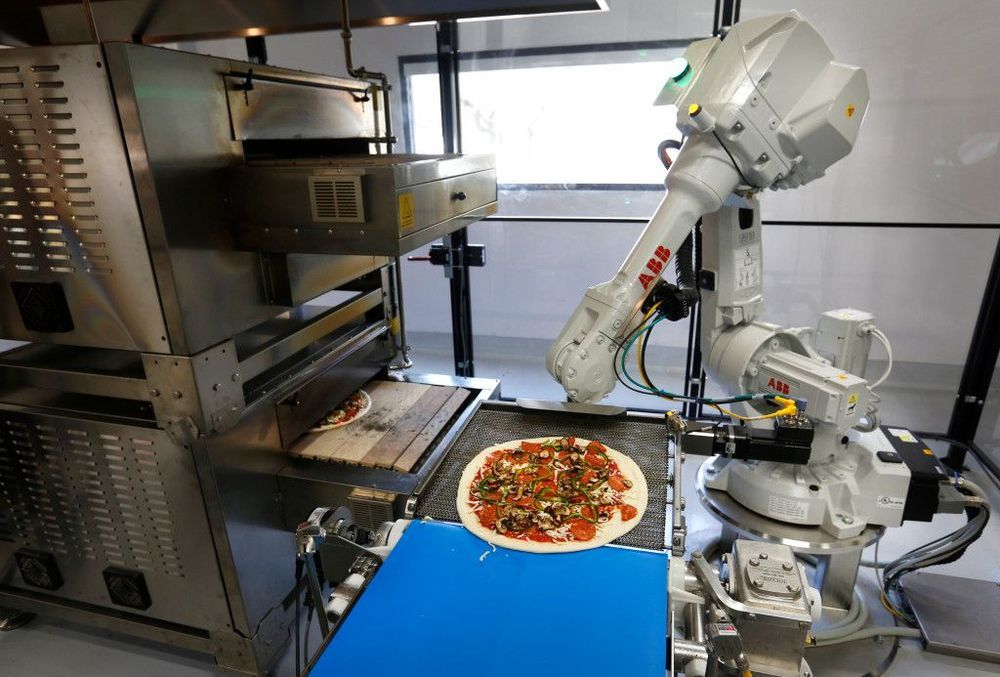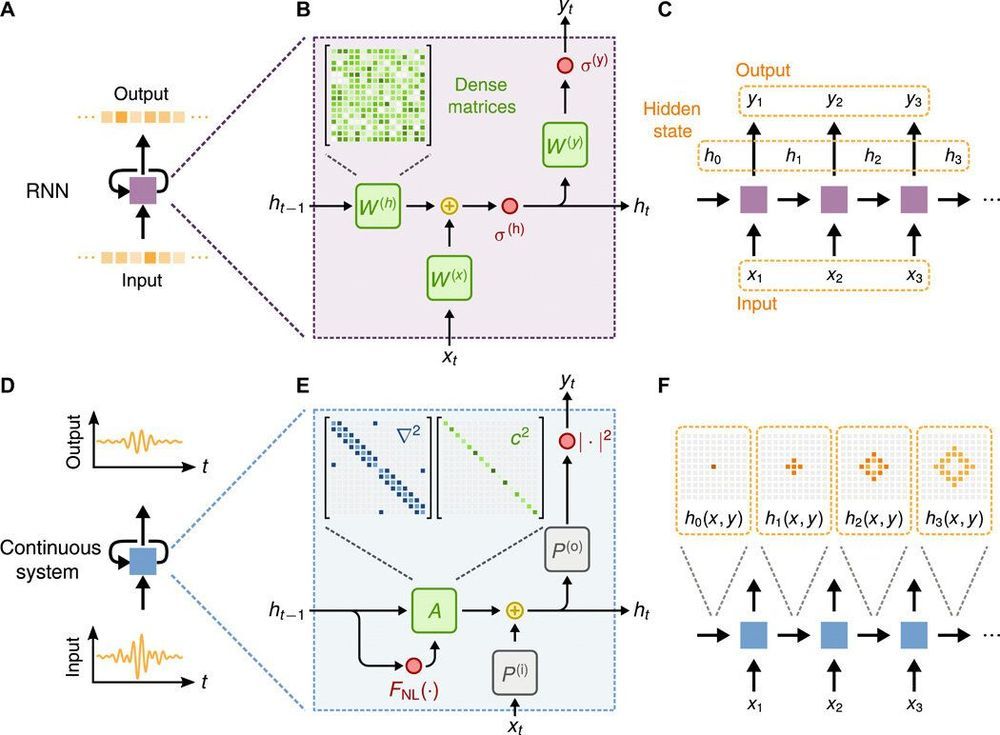Wing, a sister company of Google, is the only approved drone delivery service in the country and is in a test phase before getting FAA approval to expand. For now, ten pound drones deliver small packages in a 12 mile radius from Walgreens, FedEx, and a local store. Oct. 18, 2019.
Scientists have discovered that when an essential key protein needed to generate novel brain cells during pregnancy and early childhood days of the offspring is missing, which makes the brain goes haywire. This particular deprivation causes an imbalance in brain’s circuitry can lead to long-term cognitive and movement behaviours characteristic of autism spectrum disorder.” During brain development, there is a coordinated series of events that have to occur at the right time and the right place in order to establish the appropriate number of cells with the right connections,” said Juan Pablo Zanin, Rutgers-Newark research associate, and lead author.” Each of these steps is carefully regulated and if any of these steps are not regulated correctly, this can impact behaviour.
Zume Pizza, the Mountain View company that used robots to make its pizzas, has made its last delivery.
In filings with the state Employment Development Department, Zume said it is cutting 172 jobs in Mountain View, and eliminating another 80 jobs at its facility in San Francisco. Zume Chief Executive Alex Garden made the annoucement about Zume in an email to company employees on Wednesday.
“With admiration and sadness, we are closing Zume Pizza today,” Garden said in his email “Over the last four years this business has been our invention test bed and has been our inspiration for many of the growth businesses we have at Zume today.”
Analog machine learning hardware offers a promising alternative to digital counterparts as a more energy efficient and faster platform. Wave physics based on acoustics and optics is a natural candidate to build analog processors for time-varying signals. In a new report on Science Advances Tyler W. Hughes and a research team in the departments of Applied Physics and Electrical Engineering at Stanford University, California, identified mapping between the dynamics of wave physics and computation in recurrent neural networks.
The map indicated the possibility of training physical wave systems to learn complex features in temporal data using standard training techniques used for neural networks. As proof of principle, they demonstrated an inverse-designed, inhomogeneous medium to perform English vowel classification based on raw audio signals as their waveforms scattered and propagated through it. The scientists achieved performance comparable to a standard digital implementation of a recurrent neural network. The findings will pave the way for a new class of analog machine learning platforms for fast and efficient information processing within its native domain.
The recurrent neural network (RNN) is an important machine learning model widely used to perform tasks including natural language processing and time series prediction. The team trained wave-based physical systems to function as an RNN and passively process signals and information in their native domain without analog-to-digital conversion. The work resulted in a substantial gain in speed and reduced power consumption. In the present framework, instead of implementing circuits to deliberately route signals back to the input, the recurrence relationship occurred naturally in the time dynamics of the physics itself. The device provided the memory capacity for information processing based on the waves as they propagated through space.
Particle accelerators like the Large Hadron Collider (LHC) are incredibly useful – and usually incredibly huge – instruments for studying some of the fundamentals of particle physics. But now scientists have managed to squeeze one on to a silicon chip.
It’s nowhere near as powerful as the bigger versions, as you might expect, but the new particle accelerator chip could still be very helpful for researchers who aren’t able to access gigantic particle accelerator setups.
While this first model is only a prototype, the team behind it is hopeful that it’s a first step towards providing a more compact alternative to the well-known massive particle accelerators, including the LHC and the SLAC National Accelerator Laboratory.
It would be really, really exciting if a single observation could completely overturn astrophysicists’ current understanding of the universe. But that hasn’t happened yet, at least with regards to dark energy.
This week, a press release proclaimed that “new evidence shows that the key assumption made in the discovery of dark energy is in error,” garnering some attention from astronomers and riling up science skeptics. But scientists have already identified some issues with the paper’s claims.
Chip Walter’s new book is titled “Immortality Inc.: Renegade Science, Silicon Valley Billions and the Quest to Live Forever.” It’s about the money, and the research, that’s seeking a way to extend human life indefinitely.
Chip Walter discusses “Immortality, Inc.” at Pittsburgh Arts & Lectures: 6 p.m. Thu., Jan. 16. Carnegie Library of Pittsburgh Main Branch, 4400 Forbes Ave., Oakland.
Sounds like science fiction, but Walter thinks breakthroughs are just around the corner.
A drone is an autonomous unmanned aerial vehicle (UAV) that can be programmed for automatic routing and delivery. These come handy in delivery medicines which is easier to carry and can add value to the pharma supply chain. Drone helps to deliver to places with the high expense involved or poor infrastructure and thereby plays a significant role in last-mile delivery.
The pace with which they are now being used for delivery, even Amazon is experimenting with the delivery mechanism offered by drone as its logistics and transport market is forecast to grow 20% in coming times.
Mozilla has warned Firefox users to update their browser to the latest version after security researchers found a vulnerability that hackers were actively exploiting in “targeted attacks” against users.
The vulnerability, found by Chinese security company Qihoo 360, was found in Firefox’s just-in-time compiler. The compiler is tasked with speeding up performance of JavaScript to make websites load faster. But researchers found that the bug could allow malicious JavaScript to run outside of the browser on the host computer.
In practical terms, that means an attacker can quietly break into a victim’s computer by tricking the victim into accessing a website running malicious JavaScript code.








